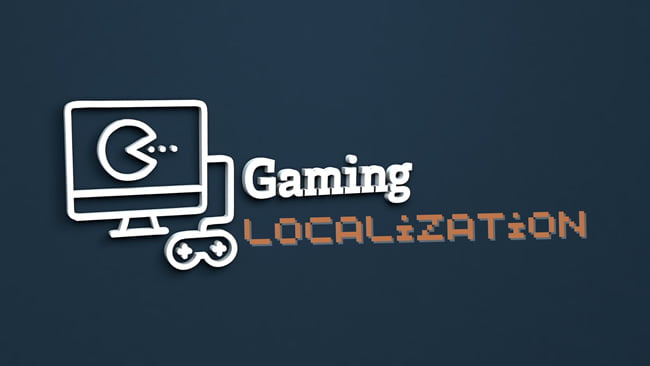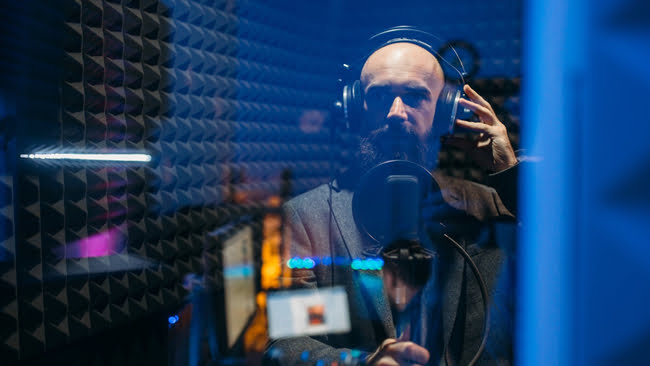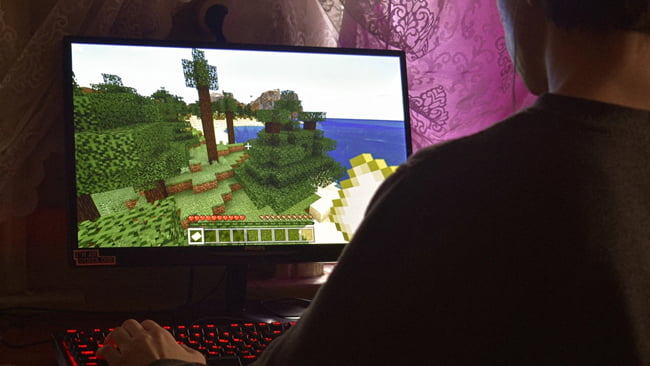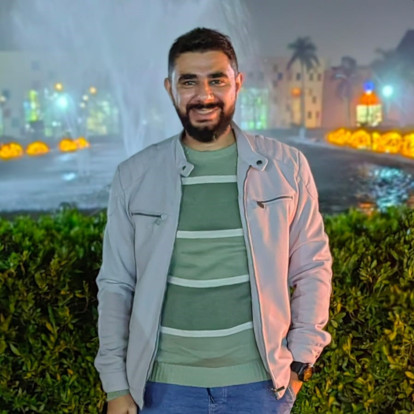How to Quote for Games Localization
Video Game Localization is the process of translating and adapting video games to different target languages and specific cultures. The games localization process involves more than simply translating the game text. In this blog, we will go through the complete video game localization process, the tasks to be included, and how to calculate the cost for a complete video game localization project.

Importance of Video Game Localization
Video game localization has become one of the most important and beneficial domains in the gaming industry. The video game manufacturers and markets are continuously growing especially during the COVID-19 pandemic. As video games manufacturers are rapidly expanding their audience, it is important for them to get their games localized into different languages and cultures in order to gain the benefits of this growth.
According to WePC, the video gaming industry was estimated to be worth $178.73 billion in 2021, which is an increase of 14.4% from 2020. This is a marked difference to what was predicted in 2016 which forecasted a total worth of $90.07 billion for the same period – a 76.8% difference. Based on these trends, and the ever-growing popularity and diversity of games and their platforms, we could see a further acceleration in growth. Recent forecasts are estimating the video gaming industry will be worth $268 billion by 2025.
Quoting for Games Localization Project
In order to prepare and provide an accurate quote for a video game localization project, you need to identify the process and tasks that you will be following and conducting during the localization project.
Game localization can be broken down into 3 levels:
- Basic Translation: Only the text within the game will be translated into the target languages (without cultural adaptation). The user interface, icons, images, and voice will remain in the source (original) language.
- Intermediate Localization: The text within the game and user interface will be translated into target languages. Images, icons, and voiceover will remain in the source language.
- Complex Localization: Full localization. All the in-game text, subtitles, images, user interface, icons, etc. will be translated and culturally adapted into the target language.
After knowing what localization level is required, you need to define different steps and services to include in the quotation.
Tasks and Services to Include in Game Localization Quotation
The below-mentioned services and tasks are what need to be included in a game localization quotation. It’s not mandatory to include all these services and tasks as it depends on the project scope, localization level, and budget.
- Glossary Development and Localization: To guarantee translation quality and consistency, glossary development is important. The process starts with identifying and extracting key terminology in the game from the source files. The terminology is then translated and send back to the client for review and approval. Following review and approval, the terminology is imported into a termbase to be followed during the translation and updated as needed.
- Style Guide Creation: A client-specific target language style guide establishes the standards for grammar and linguistic preferences, and to maintain style consistency across the project.
- Cultural Correctness Assessments: Review of the game content for cultural issues to ensure the translation is “locale-sensitive” and culturally appropriate to the target markets. This would include a review of the game, user interface, and documentation. Items such as content, metaphors, color, sound, and icons are all reviewed for appropriateness.
- Localization Engineering: Preparing the game content for translation, including in-game text, onscreen text (OST), user interface, subtitles, voice-over (VO) scripts, and documentation.
- Translation, Editing and Proofreading (TEP): Translation of text, editing of the text by a separate translation team, and final proofreading.
- Voice-Over: This step includes identifying the VO type, voice-over script preparation, talent casting, recording, post engineering, and studio time.

Voice-Over Types:
There are multiple voice-over recording options that will have an impact on the project cost:
- Wild Recording: A vocal recording from a script with no video or backing tracks. It’s recommended for the voice-over talents to read the script through slowly from start to finish to ensure they have an understanding of how long your script will run.
- Soft Time Restriction: The audio in the target language is within the same length as the source voice-over script, with +/- 10% tolerance in the audio length.
- Hard Time Restriction: The audio in the target language is exactly the same as the source audio length.
- Sound Sync: The audio in the target language is exactly the same as the source audio length and matches the silences.
- Lip Sync: The audio in the target language is exactly the same as the source audio length, matching the silences, and matching the same lip movement.
Casting and Talents Selection:
In this step, you will identify how many voice-over talents (actors) are required, the talents’ genders, and ages, and how they will be selected. The next step is to select the talents and get them approved by the client by a way of the main 2 casting types:
1. Database Casting: you select the most suitable voice-over samples according to the character specifications and provide these samples to your client to select and approve which one to use.
2. Live Casting: you do a live casting session with different talents by recording a specific selected short script approved by the client, so the client can decide which talents they will choose. Live casting is more expensive than database casting as you will need to book the talent, studio, sound engineer, and equipment to do the live recording session.
Voice-over script preparation:
Prepare the translated voice-over scripts for recording by separating the sentences according to the game’s characters. Share the prepared scripts with the voice-over talents so they get familiar with the scripts before the actual recording.
Voice-over script recording:
This is the main step in the voice-over recording, as the voice-over talents will start recording the prepared and adapted scripts and the audio files will be generated.
Post-Production:
At this stage, the sound engineer has recorded audio files in target languages, following the technical requirements provided by the client. The audio engineer will edit the audio files and produce the final audio files according to the clients specifications..

7. Graphics Localization: Creating target language graphics by extracting translatable text from the source graphics, translating the text, and placing the translation back into the graphic, taking into account adapting text and images to be suitable for the target culture.
8. Integration: Adding the translated content, localized graphics, subtitles, and audio files into the game. After the integration phase, you will have a fully localized game in the target language.
9. Testing and Quality Assurance (QA): Linguistic QA is the process of reviewing all the translated on-screen text, subtitles, UI, voice-over, graphics after the translations have been integrated into the game. This function is usually completed by the project translator. During the QA review they will note any items that require fixing. Once the QA review is done, any required fixes or amendments will be applied in the language files. In some instances, it may be necessary to perform another QA review to ensure all fixes have been made. Functional testing should be a part of the process to make sure all actions and functions are working correctly in the localized version.
10. Documentation, packages, advertisements, and description localization: After the game itself is translated, a final step may be required to translate the game documentation and user manual. Also, the game package may need to be localized into the target language. The client may also request to translate the game-related content and advertisements into different platforms, hubs, or official websites. This needs to be taken into consideration as well when quoting for a full game localization.
Conclusion
Video Game Localization is a complex process that involves most of the different localization and translation project types, such as cultural assessment and adaptation, content translation, graphic localization, localization engineering, audio/video localization, and localization testing and QA. To guarantee that you’re quoting correctly for a video game localization project, you need to clearly understand your client’s requirements for each step.
At GPI, we can provide a comprehensive quotation for Video Games Localization, or you can contact us to work with your budget and timeline for any localizations project.
